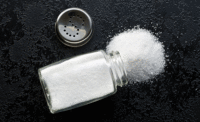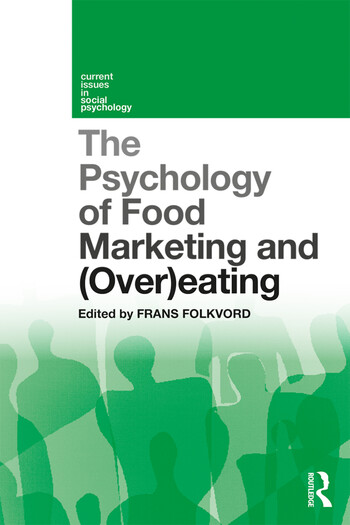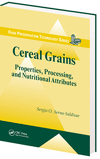Reduce Sodium
Tate & Lyle’s SODA-LO salt microspheres can reduce sodium content by 25-50% in food applications.

 |
| Salt-reduction ingredients can reduce sodium content by 25-50% in breads and salty snacks, some of the largest contributors of sodium to the diet. |
Research supported by Tate & Lyle and presented in April at the American Society for Nutrition Experimental Biology conference in Boston indicates that U.S. sodium intake has been increasing by 63mg/day every two years, from 2001-2010. The study, commissioned by global food ingredient provider Tate & Lyle, used data from the “What We Eat in America/National Health and Nutrition Examination Survey” to assess overall sodium intake and sources of sodium in the diets of persons age two and older, from 2001-2010.
Based upon this recent analysis, the largest contributor of dietary sodium is grains and grain products (i.e., breads, cereals, salty snacks), followed by meat, poultry, fish and protein mixtures; vegetables; and milk and milk products. Sodium intake from meat, poultry, fish and protein mixtures increased the most, while sodium from grain products remained consistent.
“This research shows us that, despite public health efforts to decrease sodium intake, actual intake has continued to increase over the last 10 years, and solutions to help decrease dietary intake are greatly needed,” states the study’s lead author, Victor Fulgoni, Ph.D., senior vice president of Nutrition Impact LLC, a food and nutrition consulting company.
SODA-LO salt microspheres, an ingredient offered by Tate & Lyle for food manufacturers, is a salt-reduction ingredient that tastes, labels and functions just like salt -- because it is real salt (sodium chloride). It can reduce sodium content by 25-50% in food applications that are some of the largest contributors of sodium, such as bread and salty snacks, due to its unique and revolutionary structure.
Tate & Lyle says it recently received U.S. patent approval covering the SODA-LO commercial product, as well as the process to make it. That process turns standard salt crystals into free-flowing, hollow crystalline salt microspheres. The smaller, lower-density crystals efficiently deliver salty taste by maximizing surface area relative to volume on the tongue, naturally increasing the perception of saltiness. Because it is real salt, it has none of the bitter aftertaste or off-flavors associated with some other salt compounds or substitutes, says Tate & Lyle.
“The granting of the patent confirms the novelty of SODA-LO and establishes it as a truly innovative salt-reduction ingredient” notes Angelique Gunderson, health and wellness platform commercial lead at Tate & Lyle.
Industry also has recognized the product. Last September, SODA-LO Salt was recognized as one of the most innovative new ingredients at Food Ingredients South America. In November, it was recognized as the “Heart Health and Circulatory Innovation of the Year,” by the NuW Excellence Awards, which recognize individuals and business for exemplary work. It was also named the overall “Most Innovative Health Ingredient of the Year” from the 2012 Nutrition & Wellness Excellence Awards, which recognize individuals and business for exemplary work and contribution to the industry.
The patent relating to SODA-LO Salt Microspheres is owned by Eminate Limited, a wholly owned subsidiary of The University of Nottingham, UK. Tate & Lyle licensed SODA-LO on an exclusive basis from Eminate in October 2011. Under the license agreement, Tate & Lyle assumes responsibility for commercializing SODA-LO salt-reduction technology on a global basis, including manufacturing, product development, sales and marketing. pf
For more information:
Tate & Lyle • 800-526-5728
www.tateandlyle.com
Looking for a reprint of this article?
From high-res PDFs to custom plaques, order your copy today!








